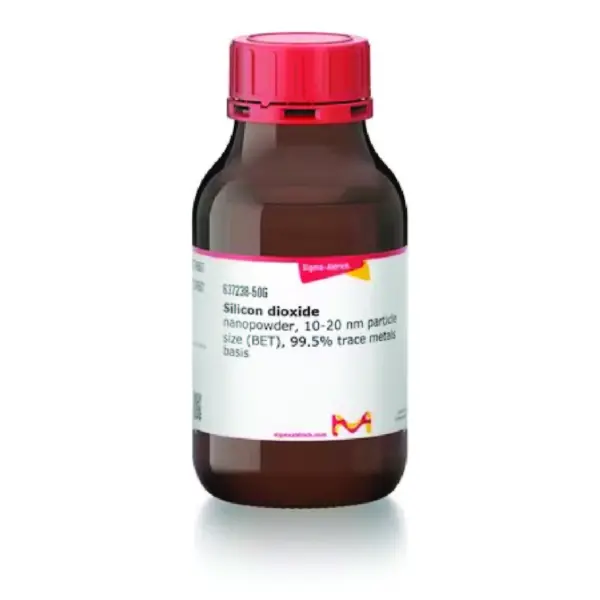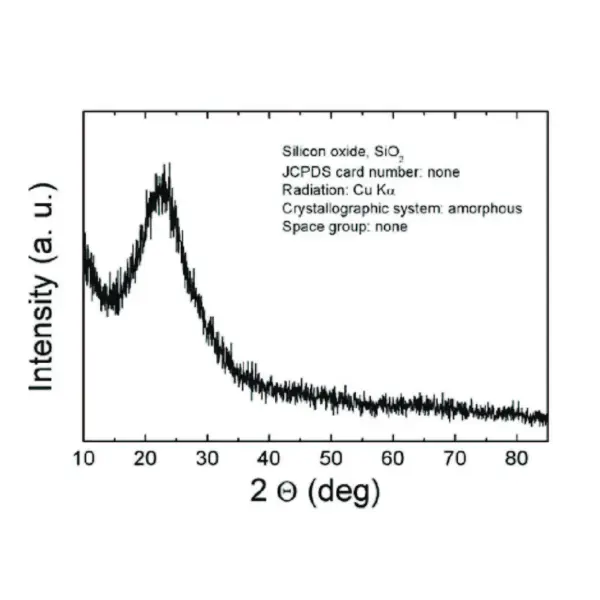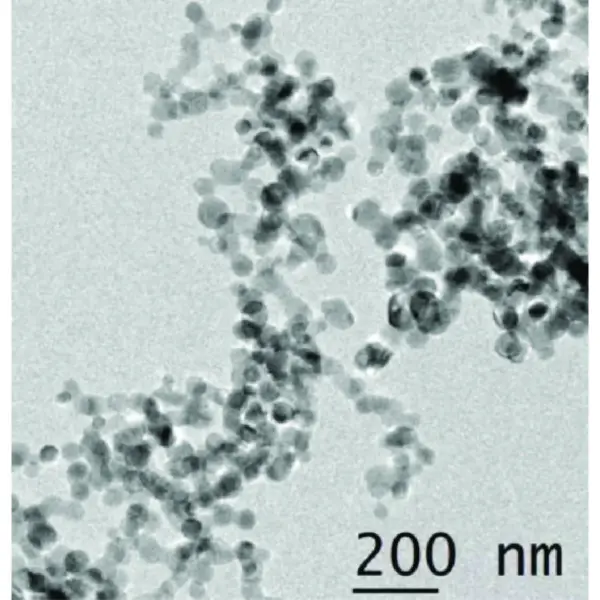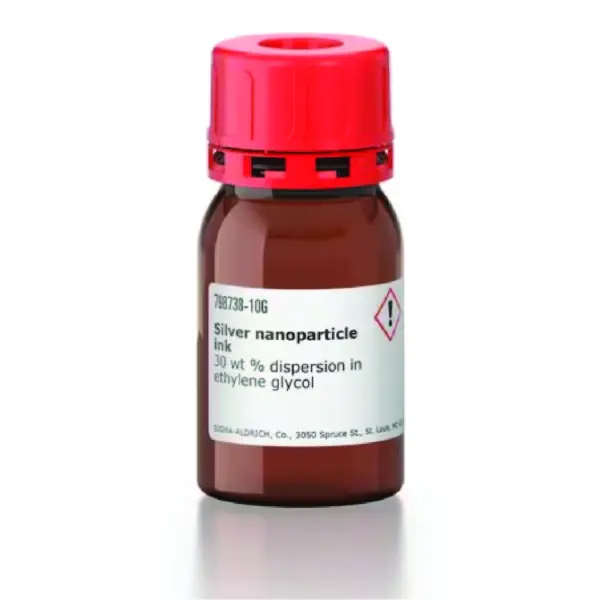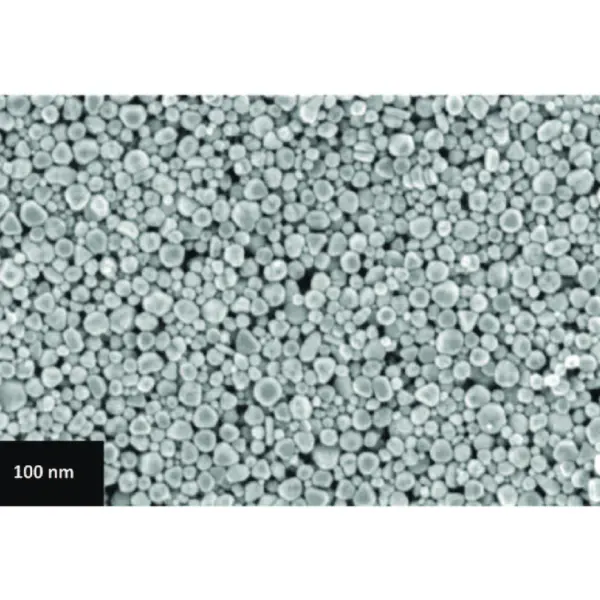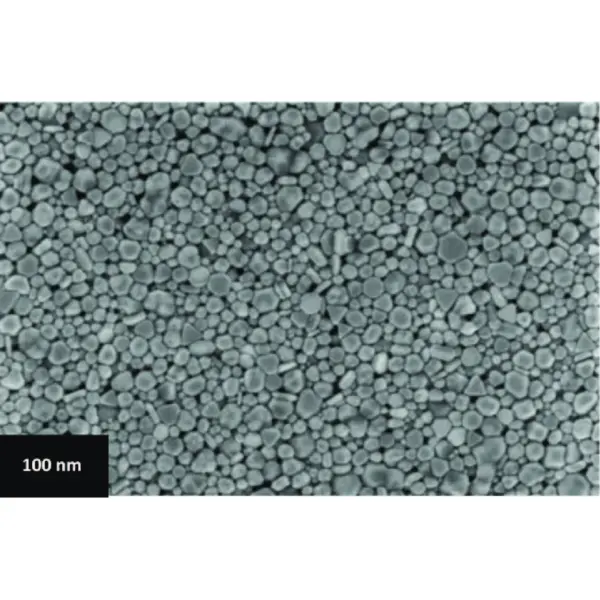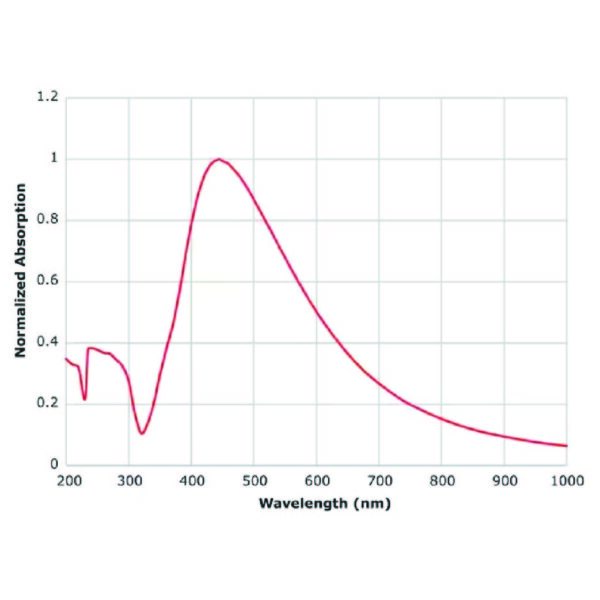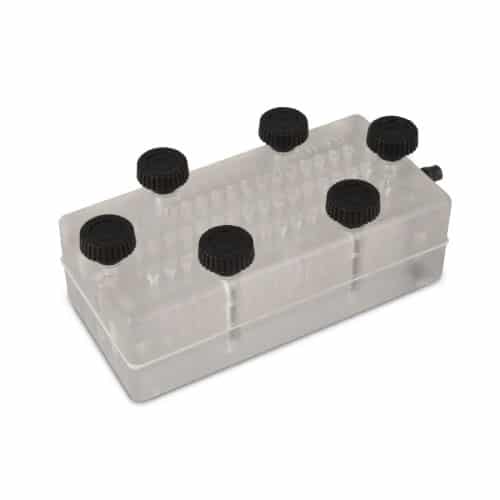
Silica gel 60 (0.063-0.200 mm) for column chromatography (70-230 mesh ASTM)-Merck
RM0.00Brand:
Merck
Description
Cas Number : 7631-86-9
Molecular mass : 60.08 g/mol
Chemical formula : SiO₂
Silica gel 60 (0.063-0.200 mm) for column chromatography (70-230 mesh ASTM). CAS No. 7631-86-9, EC Number 231-545-4.
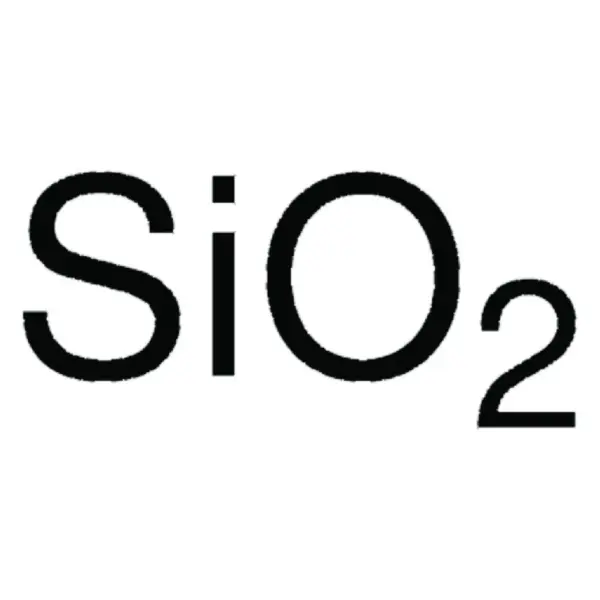
Silicon Dioxide (Silica) – Nanofibers – Sigma-Aldrich
RM855.00Brand:
Sigma-Aldrich
Synonyms
Nanofibrous inorganic powder, SiO2
Cas No.
7631-86-9
General Description
Silica nanofibers are yielded through a novel ac electrospinning process resulting in extraordinary aspect ratios, consistent purity, and consistent certification of form parameters that are difficult if not impossible to achieve using other nanofiber production methods. Potential applications include filtration membranes and catalyst support.
Silicon dioxide, nanopowder, 10-20 nm particle size (BET), 99.5% trace metals basis – Sigma-Aldrich
Price range: RM735.00 through RM3,082.00Brand:
Sigma-Aldrich
Synonyms
Silica, Nanosilica, Silicon dioxide
Cas No.
7631-86-9
General Description
The refractive index of silica nanoparticles is similar to polymeric coatings, so it finds several applications in the preparation of nanocomposites. Properties such as, thermal resistance, electrical and mechanical are enhanced. Silica nanoparticles find uses in various fields of catalysts, pigment stabilisation, electronics and sensors.
Application
Silica nanoparticles have been used :
- To study the nonlinear optical properties of SiO2 nanocomposites in weak optical fields.
- As a nanoadditive in nanocomposite calcium alginate fibres.
- As a dispersant in liquid polymethylsiloxane to exhibit unique optical nonlinearity in low-intensity visible radiation fields.[2]
Silicon, nanoparticles, 40 nm avg. part. size, ≥99% trace metals basis – Sigma-Aldrich
RM2,171.00Brand:
Sigma-Aldrich
Synonyms
SiNPs, Silicon nanopowder
Cas no.
7440-21-3
General Description
Our 40 nm silicon nanoparticles are a high-quality, ultrafine powder with a narrow particle size of 40 nm and a high surface area (~100 m2/g). It is produced by the laser gas phase synthetic method from high-purity silane to achieve the high purity (>9=9%) and reliable particle size.
We are committed to bringing you Greener Alternative Products, which belongs to one of the four categories of greener alternatives. This product has been enhanced for energy efficency. Click here for more information.
Application
Silicon nanopowder is a promising material for use in advanced battery technologies. With its high theoretical capacity (4212 mAh/g), it has the potential to significantly improve the performance of lithium-ion batteries. The controlled particle size and high surface area of our silicon nanopowder make it an ideal candidate for use as an anode material in these batteries, allowing for improved charge and discharge rates, longer cycle life, and higher energy densities. Additionally, silicon nanopowder is being researched for use in other types of batteries, including lithium-air and lithium-sulfur batteries. Its unique properties make it a valuable material for developing next-generation battery technologies that offer higher performance, longer lifetimes, and lower costs.
Features and Benefits
Our silicon nanoparticles are designed for battery applications to extend cycle life and charge and discharge rates. We offer:
- Low Particle Size
- High Surface Area
- Consistent Quality
Silicon, nanoparticles, nanoparticles, 10 nm avg. part. size, ≥99% trace metals basis, battery grade – Sigma-Aldrich
RM3,253.00Brand:
Sigma-Aldrich
Synonyms
SiNPs, Silicon nanopowder
Cas No.
7440-21-3
General Description
Our 10 nm silicon nanoparticles are a high-quality, ultrafine powder with a narrow particle size of 10 nm and a high surface area (~180 m2/g). It is produced by the laser gas phase synthetic method from high-purity silane to achieve high purity (>=99%) and a reliable particle size.
We are committed to bringing you Greener Alternative Products, which belong to one of the four categories of greener alternatives. This product has been enhanced for energy efficiency. Click here for more information.
Application
Silicon nanopowder is a promising material for use in advanced battery technologies. With its high theoretical capacity (4212 mAh/g), it has the potential to significantly improve the performance of lithium-ion batteries. The controlled particle size and high surface area of our silicon nanopowder make it an ideal candidate for use as an anode material in these batteries, allowing for improved charge and discharge rates, longer cycle life, and higher energy densities. Additionally, silicon nanopowder is being researched for use in other types of batteries, including sodium-ion and magnesium-ion batteries. Its unique properties make it a valuable material for developing next-generation battery technologies that offer higher performance, longer lifetimes, and lower costs.
Features & Benefits
Our silicon nanoparticles are designed for battery applications to extend cycle life and charge and discharge rates. We offer:
- Lowest Particle Size
- High Surface Area
- Consistent Quality
Silicon, wafer (single side polished) – Sigma-Aldrich
RM972.00Brand:
Sigma-Aldrich
Synonyms
Silicon element
Cas No.
7440-21-3
General Description
0 vortex defects. Etch pitch density (EPD) < 100 (cm-2). Resistivity 100 – 3000 Ωcm
Oxygen content: ≤ 1~1.8 x 1018 /cm3; Carbon content: ≤ 5 x 1016 /cm3; Boule diameter: 1~8 ″
Silicon wafers or a “slice” of substrate find applications in the fabrication of integrated circuits, solar cells, etc. They serve as a substrate for various microelectronic devices.
We are committed to bringing you Greener Alternative Products, which belong to one of the four categories of greener alternatives. This enabling product has been enhanced for energy efficiency. Click here for more information.
Application
Innovative Solutions for High-Performance Silicon Anodes in Lithium-Ion Batteries: Overcoming Challenges and Real-World Applications.: This article addresses the challenges and real-world applications of high-performance silicon anodes in lithium-ion batteries, presenting innovative solutions to enhance their efficiency (Khan et al., 2024).
Strain Engineering: Perfecting Freestanding Perovskite Oxide Fabrication.: This research focuses on strain engineering to improve the fabrication of freestanding perovskite oxides, which are crucial for various high-purity silicon applications in academia (Yun et al., 2024).
Silicon, wafer (single side polished), <100>, P-type, contains boron as dopant – Sigma-Aldrich
RM1,450.00Brand:
Sigma-Aldrich
Synonyms
Silicon element
Cas No.
7440-21-3
General Description
0 vortex defects. Etch pitch density (EPD) < 100 (cm-2). Resistivity 10-3 – 40 Ω•cm
Oxygen content: <= 1~1.8 x 1018 /cm3; Carbon content: <= 5 x 1016 /cm3; Boule diameter: 1~8 ″
We are committed to bringing you Greener Alternative Products, which belongs to one of the four categories of greener alternatives. This enabling product has been enhanced for energy efficiency. Click here for more information.
Silicon, wafer (single side polished), <111>, N-type, contains no dopant – Sigma-Aldrich
RM1,622.00Brand:
Sigma-Aldrich
Synonyms
Silicon element
Cas No.
7440-21-3
General Description
0 vortex defects. Etch pitch density (EPD) < 100 (cm-2). Resistivity >1,000 Ω•cm
Oxygen content: ≤ 1~1.8 x 1018 /cm3; Carbon content: ≤ 5 x 1016 /cm3; Boule diameter: 1~8 ″
We are committed to bringing you Greener Alternative Products, which belongs to one of the four categories of greener alternatives. This enabling product has been enhanced for energy efficiency. Click here for more information.
Silicon, wafer (single side polished), <111>, N-type, contains phosphorus as dopant – Sigma-Aldrich
RM627.00Brand:
Sigma-Aldrich
Synonyms
Silicon element
Cas No.
7440-21-3
General Description
0 vortex defects. Etch pitch density (EPD) < 100 (cm-2). Resistivity 10-3 – 40 Ωcm
Oxygen content: <= 1~1.8 x 1018 /cm3; Carbon content: <= 5 x 1016 /cm3; Boule diameter: 1~8 ″
We are committed to bringing you Greener Alternative Products, which belongs to one of the four categories of greener alternatives. This enabling product has been enhanced for energy efficiency. Click here for more information.
Silicon, wafer, <111>, P-type – Sigma-Aldrich
RM856.00Brand:
Sigma-Aldrich
Synonyms
Silicon element
Cas No.
7440-21-3
General Description
0 vortex defects. Etch pitch density (EPD) < 100 (cm-2). Resistivity 10-3 – 40 Ωcm
Oxygen content: <= 1~1.8 x 1018 /cm3; Carbon content: <= 5 x 1016 /cm3; Boule diameter: 1~8 ″
We are committed to bringing you Greener Alternative Products, which belong to one of the four categories of greener alternatives. This enabling product has been enhanced for energy efficiency. Click here for more information.
Silver nanoparticle ink, 30 wt % dispersion in ethylene glycol – Sigma-Aldrich
RM1,297.00Brand:
Sigma-Aldrich
Synonyms
Ag ink, Conductive ink, Silver ink
Cas No.
–
General description
Silver is a good conductor and resistant to oxidation. It is used in printed conductors and printable inks (based on silver nanoparticles). Other large scale applications of nanosilver include metallization of solar cells, thin film electronics, sensors, and catalysts.
Application
The ink is suitable for digital printing such as Inkjet and Aerosol systems, Photovoltaic Cells Printed Electronics, FPD, RFID, PCB Decoration.
Disclaimer
The product is not intended for use as a biocide under global biocide regulations, including but not limited to US EPA′s Federal Insecticide Fungicide and Rodenticide Act, European Biocidal Products Regulation, Canada’s Pest Management Regulatory Agency, Turkey’s Biocidal Products Regulation, Korea’s Consumer Chemical Products and Biocide Safety Management Act (K-BPR) and others.
Silver nanoparticle ink, 50 wt. %, dispersion in tripropylene glycol mono methyl ether – Sigma-Aldrich
RM1,136.00Brand:
Sigma-Aldrich
Synonyms
Ag ink, Conductive ink, Silver ink
Cas No.
–
General description
Silver is a good conductor and resistant to oxidation. It is used in printed conductors and printable inks (based on silver nanoparticles). Other large scale applications of nanosilver include metallization of solar cells, thin film electronics, sensors, and catalysts.
Application
The ink is suitable for digital printing such as Inkjet and Aerosol systems.
- Photovoltaic Cells
- Printed Electronics: FPD; RFID; PCB
- Decoration
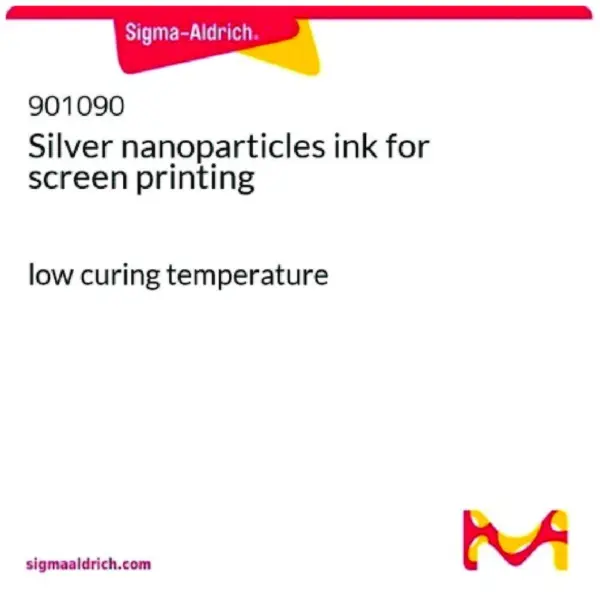
Silver nanoparticles ink for screen printing, low curing temperature – Sigma-Aldrich
RM1,781.00Brand:
Sigma-Aldrich
Synonyms
Ag ink, Conductive ink, Smart’Ink S-CS21303 conductive ink
Cas No.
–
General description
Product benefits:
- Very high electrical conductivity.
- Very low curing temperature for printing on flexible substrates.
- Non CMR ink.
- Unchanged conductivity on bending.
- Compatible with various curing processes including photonic, IR, low vacuum oven and thermal.
- Good adhesion on various flexible substrates (PET, Kapton®, …).
Smart′Ink S-CS21303 conductive ink developed for printed electronics market is particularly well suited for applications requiring high conductivity and high resolution at very low curing temperatures. This ink, based on silver, is perfectly adapted to design conductive tracks on flexible substrates and is suitable to produce antennas for IoT applications (HF, UHF).
This ink has been developed to address the applications which require very low curing temperatures.
Preparation Note
Typical processing guideline:
- Smart′Ink S-CS21303 conductive ink needs to be agitated before use.
- Ready to use. No need to use thinner.
Other Notes
Resistivity: ≤1 mΩ/sq, per 25 μm (screen printed on PET, curing at 200 °C/5 min)
≤3 mΩ/sq, per 25 μm (screen printed on PET, curing at 120 °C/5 min)
≤4 mΩ/sq, per 25 μm (screen printed on PET, curing at 80 °C/5 min)
≤5 mΩ/sq, per 25 μm (screen printed on PET, curing at 60 °C/5 min)
Legal Information
Product of Genes′Ink
Kapton is a registered trademark of E. I. du Pont de Nemours and Company
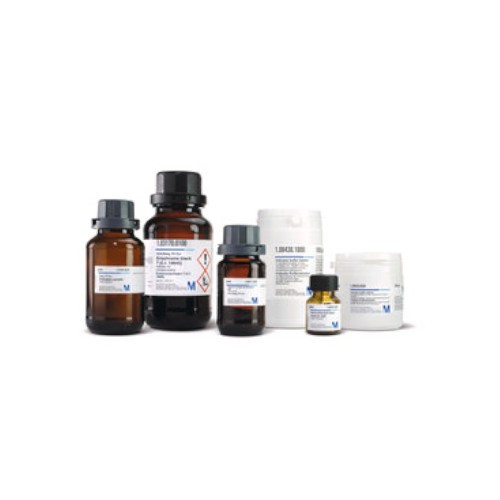
Silver Nitrate for Analysis EMSURE® ACS,ISO,Reag. Ph Eur (Merck)
RM818.00Brand:
Merck
Description
CAS Number: 7761-88-8
Chemical Formula: AgNO₃
Molecular Weight: 169.87 g/mol
Quality Level: MQ300

Silver Nitrate for analysis EMSURE® ACS,ISO,Reag. Ph Eur (Merck)
Price range: RM1,889.00 through RM12,589.00Brand:
Merck
CAS no.: 7761-88-8
Grade: For analysis EMSURE® ACS,ISO,Reag. Ph Eur
Chemical Formula: AgNO₃
Synonym: –
Quality level: MQ300
Product specification and SDS for Silver Nitrate for analysis EMSURE®.
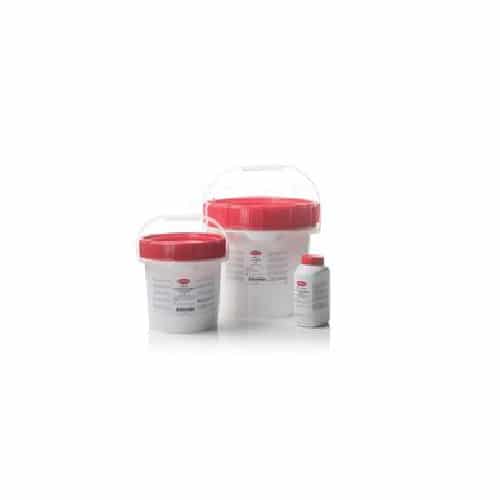
Simmons Citrate Agar 500g
RM333.00Brand:
Thermo ScientificTM OxoidTM
Simmons Citrate Agar (Dehydrated), Oxoid Composition
| Typical Formula* | gm/litre |
| Magnesium sulphate | 0.2 |
| Ammonium dihydrogen phosphate | 0.2 |
| Sodium ammonium phosphate | 0.8 |
| Sodium citrate, tribasic | 2.0 |
| Sodium chloride | 5.0 |
| Bromothymol blue | 0.08 |
| Agar | 15.0 |
| pH 7.0 ± 0.2 @ 25°C |
Simmons Citrate Agar (Dehydrated), Oxoid Preparation:
Suspend 23g in 1 litre of distilled water. Bring to the boil to dissolve completely. Sterilise by autoclaving at 121°C for 15 minutes.
Storage conditions and Shelf life
Store the dehydrated medium at 10-30°C and use before the expiry date on the label.
Store the prepared medium at 2-8°C.
Precautions
It is important not to carry over any nutrients into the citrate medium because this will result in false positive tests. Dilute the inoculum in saline before inoculating the citrate medium to avoid a carry-over of other carbon sources.
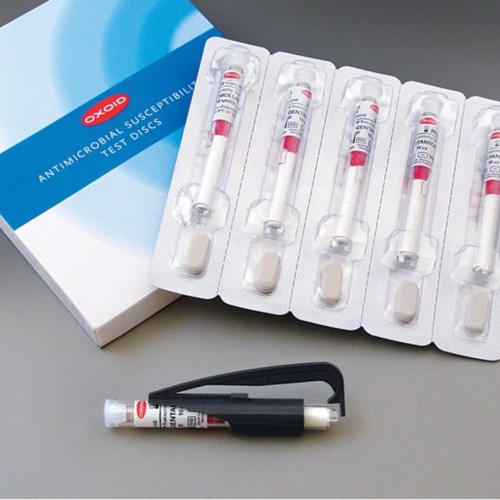
Single Disc Ejectors
RM168.00Brand:
Thermo ScientificTM OxoidTM
**This product is not available at the moment.
Accurately place antimicrobial susceptibility disks onto your media of choice when carrying out manual Antimicrobial Susceptibility Testing methods using a self-tamping Thermo Scientific™ Oxoid™ Antimicrobial Susceptibility Individual Disk Dispenser.
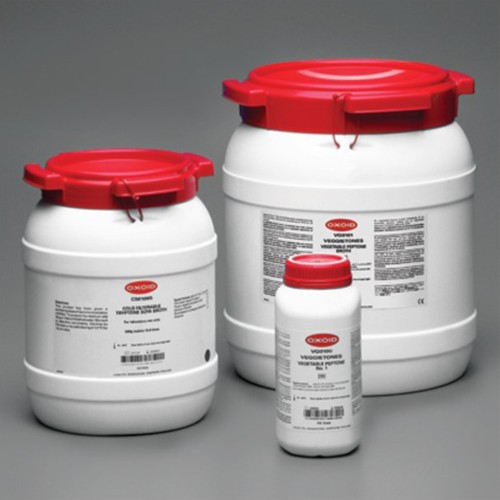
Skim Milk Powder 500g
RM0.00Brand:
Thermo ScientificTM OxoidTM
Oxoid Skim Milk Powder is a thermophile-free, spray dried powder for inclusion in bacteriological culture media.

Slanetz And Bartley Medium 500g
RM636.00Brand:
Thermo ScientificTM OxoidTM
Detect and enumerate enterococci from water and food samples with Thermo Scientific™ Slanetz and Bartley Medium (Dehydrated). Slanetz and Bartley originally devised this medium to detect and enumerate enterococci by the technique of membrane filtration, but it has also proved useful as a direct plating medium. The medium is very selective for enterococci and, when it is incubated at elevated temperatures (44-45°C), all red or maroon colonies may be accepted as presumptive enterococci.
Slanetz and Bartley Medium (Dehydrated), Oxoid Composition
| Typical Formula* | gm/litre |
| Tryptose | 20.0 |
| Yeast extract | 5.0 |
| Glucose | 2.0 |
| Di-potassium hydrogen phosphate | 4.0 |
| Sodium azide | 0.4 |
| Tetrazolium chloride | 0.1 |
| Agar | 10.0 |
| pH 7.2 ± 0.2 @ 25°C |
Slanetz and Bartley Medium Preparation:
Suspend 42g in 1 litre of distilled water and bring to the boil to dissolve the agar completely.
EXCESSIVE HEATING MUST BE AVOIDED. Dispense into Petri dishes and allow to solidify. It should not be remelted. The medium may be used with membrane filters or by spreading dilutions of the sample over the surface of the agar with a glass rod.
Storage conditions and Shelf life
Store the dehydrated medium at 10-30°C and use before the expiry date on the label.
Store the prepared medium at 2-8°C away from light.
Precautions
Count all red, maroon or pink colonies as presumptive enterococci. Not all species reduce TTC therefore pale colonies should not be ignored.
Although incubation at 35°C yields a higher count, it allows the growth of organisms which do not conform to the definition of enterococci. Incubation at 44-45°C has a selective effect and produces fewer false-positives. However, the preliminary incubation at 35°C encourages the recovery of stressed organisms.
Although the selective properties of this medium are very good it is advisable to regard the colony count as a presumptive or unconfirmed count. Further identification may be required depending on the scope of the examination.
Slot Blotters
Brand:
Cleaver Scientific
Four different sample number size and style of Hybridisation Manifold are offered; two types of Dot Blotter and two types of Slot Blotter. Typical applications include clone screening with DNA/RNA probes in Southern/Northern blots and immunological screening with antibodies in Western blots. The units incorporate precision lapped surfaces to ensure uniform blotting membrane contact and a leak proof gasket. These prevent lateral transfer of samples and smudging by ensuring that a complete vacuum is formed. Six thumbscrews ensure even and tight sealing for fast sample suck down.
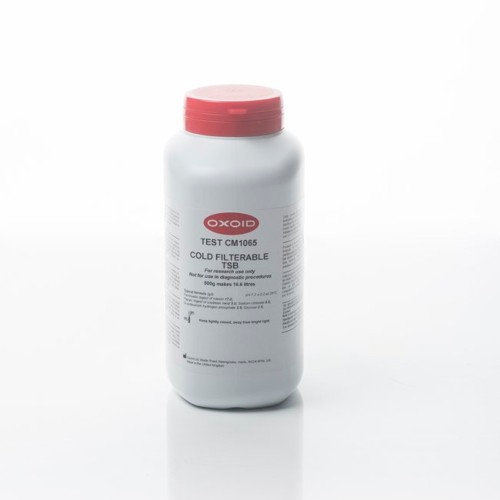
Sodium Biselenite (L121) 100g
RM407.00Brand:
Thermo ScientificTM OxoidTM
Use Thermo Scientific™ Oxoid™ Sodium Biselenite in preparation of Selenite Broth Base (CM0395), Mannitol Selenite Broth Base (CM0399) or Selenite Cystine Broth Base (CM0699). The complete medium is recommended for selective enrichment of Salmonella species from various samples.
- Dissolve 4 grams in 1 liter of distilled water and use this solution to reconstitute the base medium or tablets.
- Toxic by inhalation and if swallowed. Danger of cumulative effects.
- Not all products are available for sale in all territories. Please inquire.
- Remel™ and Oxoid™ products are now part of the Thermo Scientific brand.

Sodium carbonate anhydrous for analysis EMSURE® ISO (Merck)
Price range: RM168.00 through RM210.00Brand:
Merck
Description
CAS number: 497-19-8
Chemical Formula: Na₂CO₃
Molar Mass: 105.99 g/mol
Synonyms: anhydrous soda
EMSURE® grade solvents are suitable for a broad spectrum of classical lab applications and are frequently used in regulated and highly demanding lab applications. EMSURE® provides worldwide best and most extensive product specifications. We declare our EMSURE® range to be in compliance with the ACS, with the reagent part of the European Pharmacopoeia (Reag. Ph Eur) and also with the ISO standards.
Product Specification and MSDS for Sodium carbonate EMSURE® (Merck).
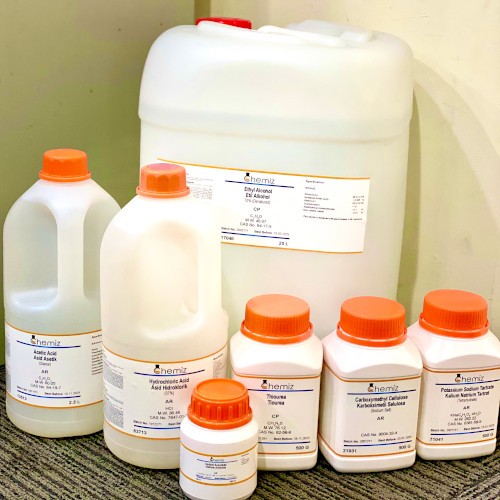
Sodium Carbonate Anhydrous, AR, 1kg
RM23.00Brand:
Chemiz
Description
Synonyms: Calcined soda, Carbonic acid disodium salt, Soda ash, Sodium carbonate
Formula: Na2CO3
Sodium carbonate anhydrous is a water insoluble sodium source that is normally used in synthesis of other sodium compounds. Carbonate compounds also releases carbon dioxide when treated with diluted acid.
Note:
AR: Analitycal Reagent Grade: Reagents for analytical purpose or research work that need high purity.
CP: Chemically Pure Grade: Reagents for regular practical in its original purity.

Sodium Chloride Bacteriological 500g
RM149.00Brand:
Thermo ScientificTM OxoidTM
Oxoid Sodium Chloride Bacteriological is a dehydrated salt suitable for inclusion in bacteriological culture media.

